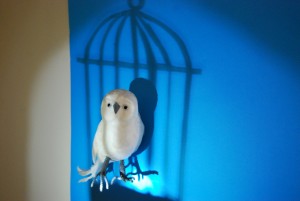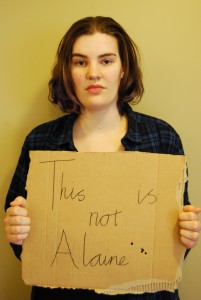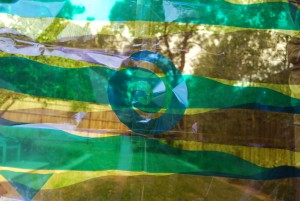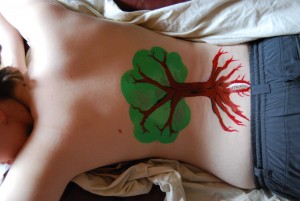For Media 1, for our first assignment, we had to create a self portrait of ourselves. So, this is what I thought of myself when I started Uni;
Through this image I wanted to convey the way I felt throughout high school, and in a way, still feel now as I learn to adjust and settle into the style of university life.
This is an homage to Rene Magritte’s ‘The Treachery of Images”. I wanted to show that this self portrait is only a representation of myself and not actually me.
Through this filter I aimed to show my unique and whimsical view of the world.
A while ago I had surgery on my back and in order to de-stigmatize it for myself and give it a new kind of beauty, I decided to get my dad to paint a tree around it, to show growth and strength.
This is a recording of my favourite place to just relax.
This is a recording of me singing “Singin’ in the Rain”, as I feel this song best shows my positive attitude towards life in general.
‘I’m naive. But I embrace my naivety. “So it goes” – Kurt Vonnegut Jr. Slaughterhouse 5’
I chose these words to somehow sum up myself, because I found this so hard to do and wound up writing in circles, until I finally decided to go with something simple. But how do you sum up one person in 50 words, let alone 10, 000 words? not even a film could achieve such a feat.
Through this video I wanted people to feel the way I feel when I walk my dogs, which for me is having gorgeous furballs constantly smile at you, and feeling the sunshine as I walk through along this path. Hence, why it’s called sunshine in a lense, an inherently Australian thing to capture.
This, for me, was yet another way to de-stigmatize something and show the world how I see things, both literally and metaphorically. I have a condition known as visual snow, which, as you’ll see from the video is like having the static of a TV screen over your vision all the time. I wanted to show that although I may see the world in a literally different way to most people in the world, I really do see the world differently to everyone else. Not because of my condition, but because of me.





















